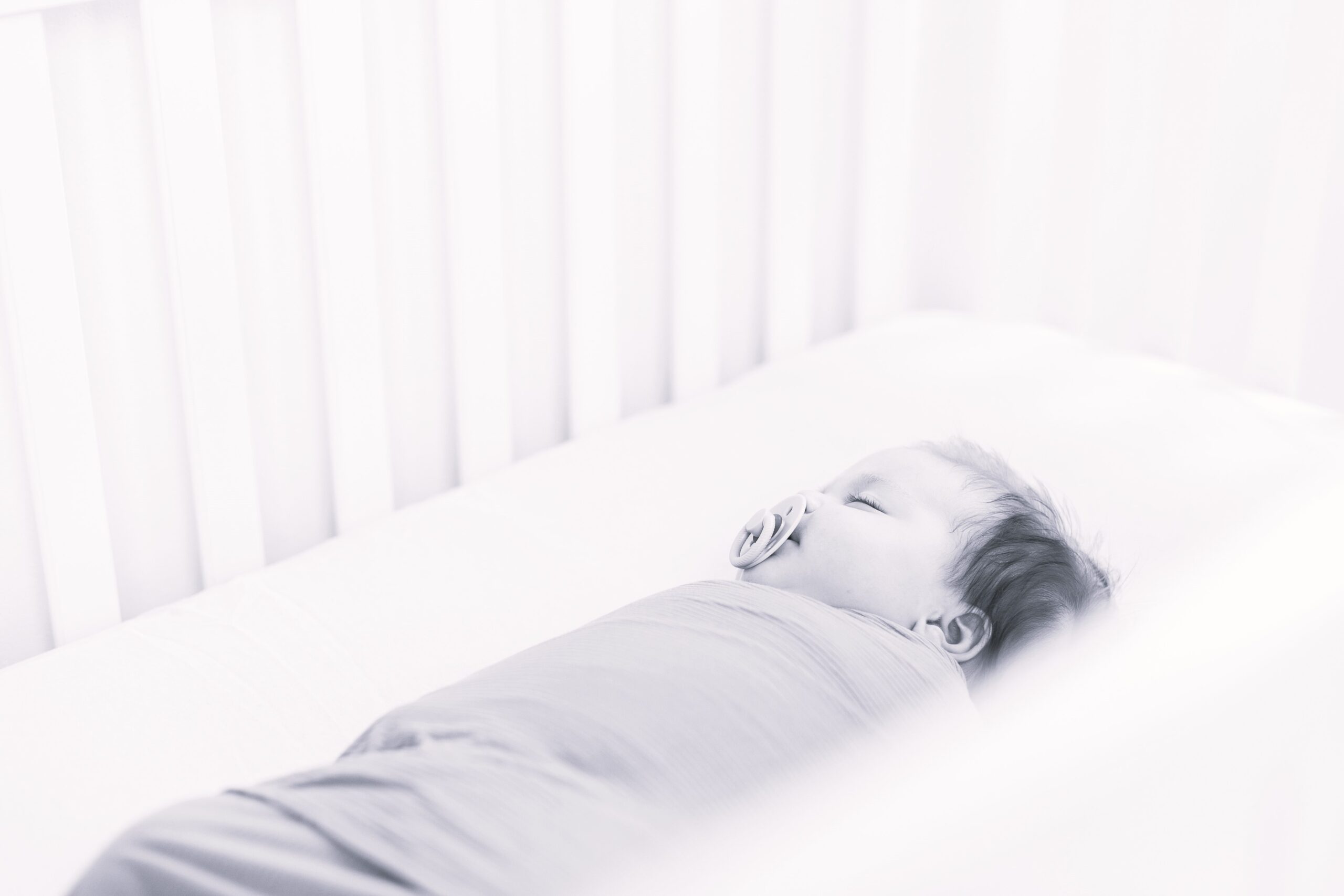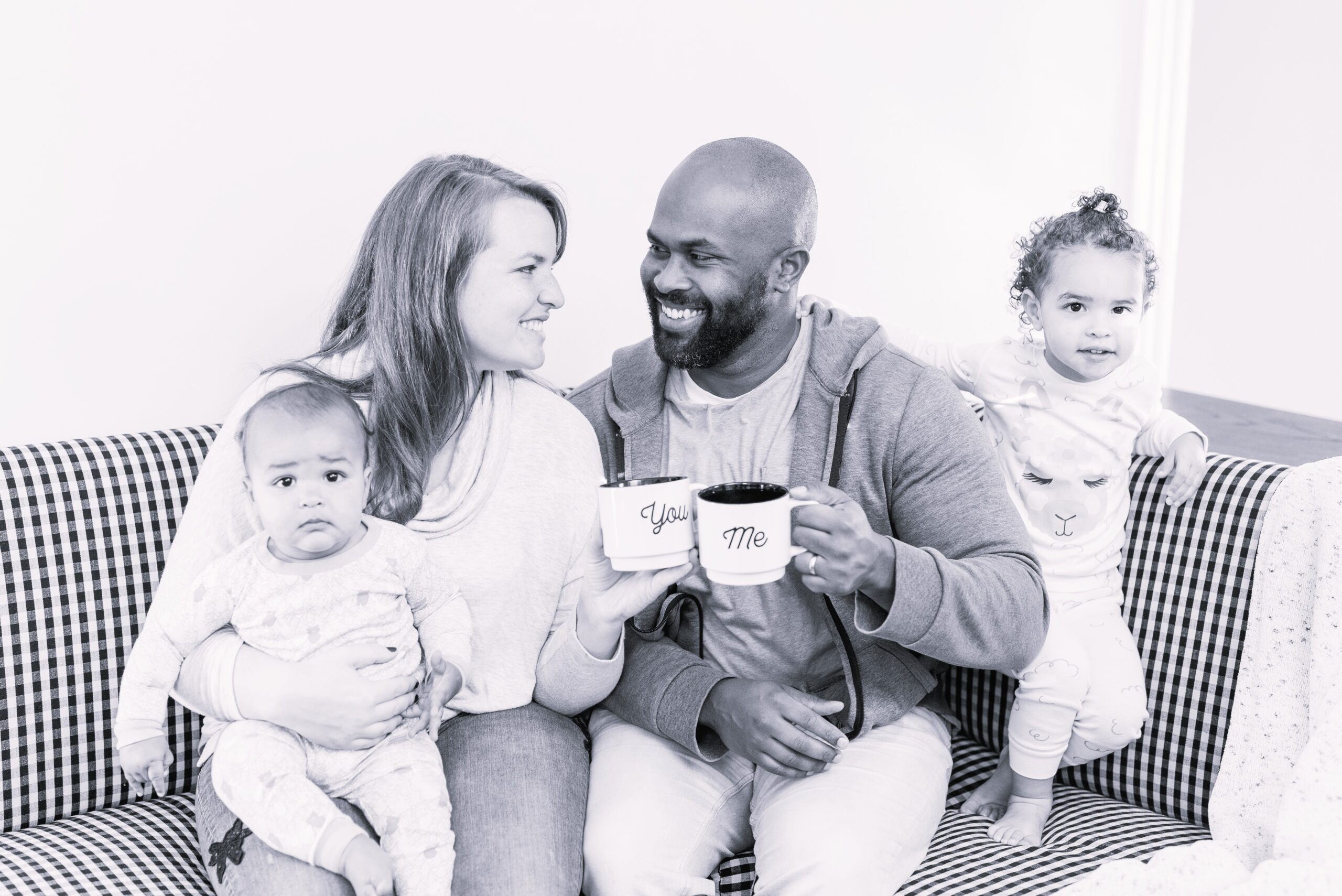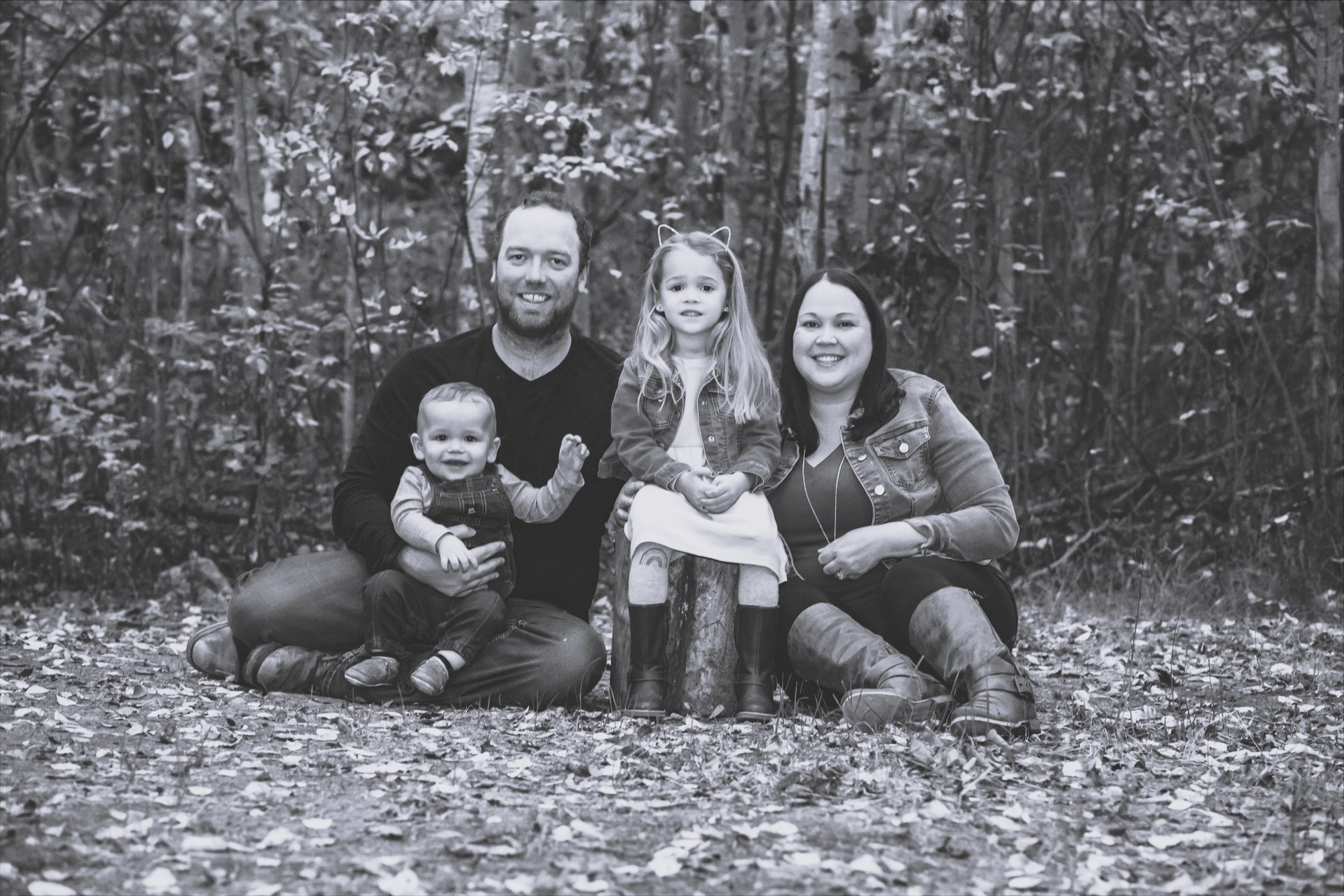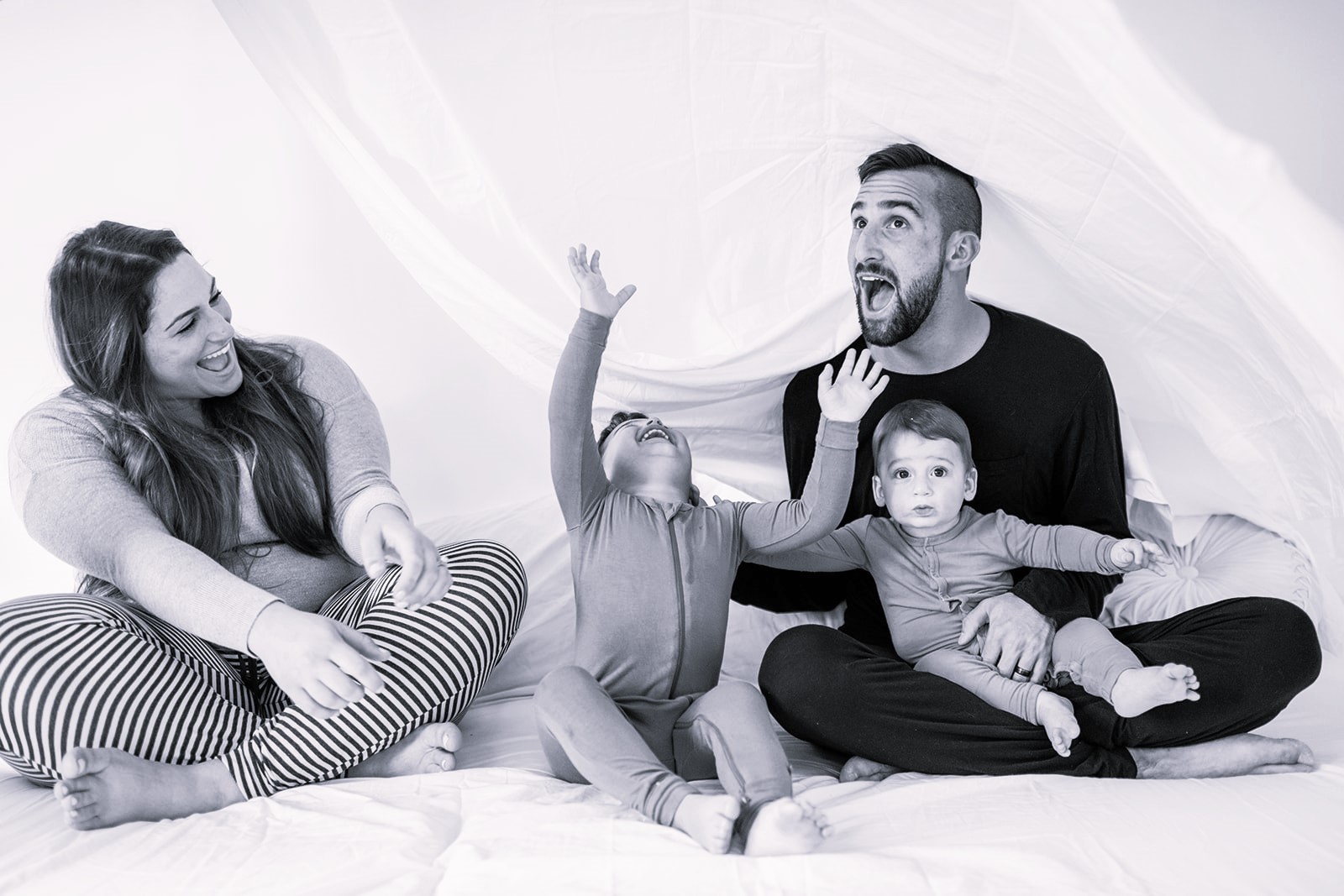
Safe Sleep Guidelines
“Safe sleep isn’t always easy, but it’s always worth it” ~ Melissa Pilatzke
There are a lot of things that I didn’t know as a first time mom but one of the biggest things I wish I would have been educated about is safe sleep and why the guidelines exist.
I remember my mom and other parents saying things like “we did those things, and our kids turned out fine”. That never quite sat right with me. This is called survivor bias. Just because it didn’t happen to you, doesn’t mean that other parents aren’t telling a different, more tragic story.
If there were things we could do to prevent tragedy, shouldn’t we do that? Of course we should and that’s exactly why safe sleep guidelines exist.
These guidelines to are important to follow in order to reduce the risk for SIDS (Sudden Infant Death Syndrome) and SUID (Sudden Unexpected Infant Death).
The following is a list of the safe sleep guidelines for babies under one year old recommended by the American Academy of Pediatrics (AAP)
- Baby should always be placed on their back for sleep. Read this blog on what to do if baby rolls over after you lay them down on their back
- Baby should sleep alone in their own sleep space
- No blankets, toys, pillows, positioners, stuffed animals, or bumper pads (not even the mesh ones) in the sleep space
- There should only be a snug fitted sheet on a firm mattress that is designed for that crib or bassinet
- Do not allow baby to sleep on a mattress designed for adults as this increases the risk for entrapment and suffocation.
- Bed rails designed to keep children from falling out of bed are not safe for infant use
- Baby should sleep in a parent’s room, in their own bassinet or crib, until at least 6 months old
- Baby should be in a smoke-free environment
- Feeding baby human milk is recommended for at least the first six months of life.
- Baby should not be wearing a hat while indoors unless during the first few hours of life or in the NICU
- Weighted sleep sacks of any kind are not recommended
- Baby should not sleep in an incline position. Products that have an incline of more than 10% are not considered safe for sleep. This includes bouncers, swings, and car seats (unless while in use in the car).
- Ensure the sleep space is clear of any wires, outlets, or cords
- If using an infant carrier for sleep, execute caution especially for infants under four months old. Ensure that baby’s face is above the fabric and that their nose and mouth are free from obstruction such as fabric or the adult’s body
- There is some evidence to support that the use of pacifiers protects against SIDS. Pacifiers should be used at nap times and bedtime for the onset of sleep. If baby spits it out after they fall asleep, there is no need to reinsert it. Also, if baby fights the pacifier, there is no need to force it
- Home cardiorespiratory monitors are not recommended as a way to reduce the risk of SIDS. There is no evidence that these devices actually prevent SIDS and instead have the potential to create a false sense of security for parents
- Swaddling can be used as a strategy for newborns but must stop once baby exhibits any signs of rolling. This typically occurs around 3-4 months of age but can occur earlier. Read this blog for my recommendations on how to transition out of the swaddle
A Note for Canadians
In addition to the guidelines outlined by the AAP, Health Canada has a few additional recommendations.
- Playpens are not recommended for sleep as they do not offer the same stability as a crib. A bassinet that attaches to the playpen is however considered safe until baby outgrows the weight limit or begins rolling, whichever comes first.
- If you decide to use a playpen for sleep while travelling, Health Canada has a few guidelines for you to follow:
- Always set playpen up as per manufacturers instructions
- Place playpen in an area that is clear of blind and electrical cords
- Never add additional mattress pads, blankets, pillows, or toys to the playpen while baby is using it for sleep
- Never use a drop-side crib or a crib that was made prior to September 1986. It is recommended to use a crib that was manufactured within the last ten years
- Bedside sleepers that attach to parent’s bed are not recommended
I have supported countless families with establishing safe sleep practices for their babies and I would be honoured to do the same for your family. You can set up a free discovery call to chat about working together to establish health, safe sleep habits for your family.
Chat soon!
💜 Melissa



